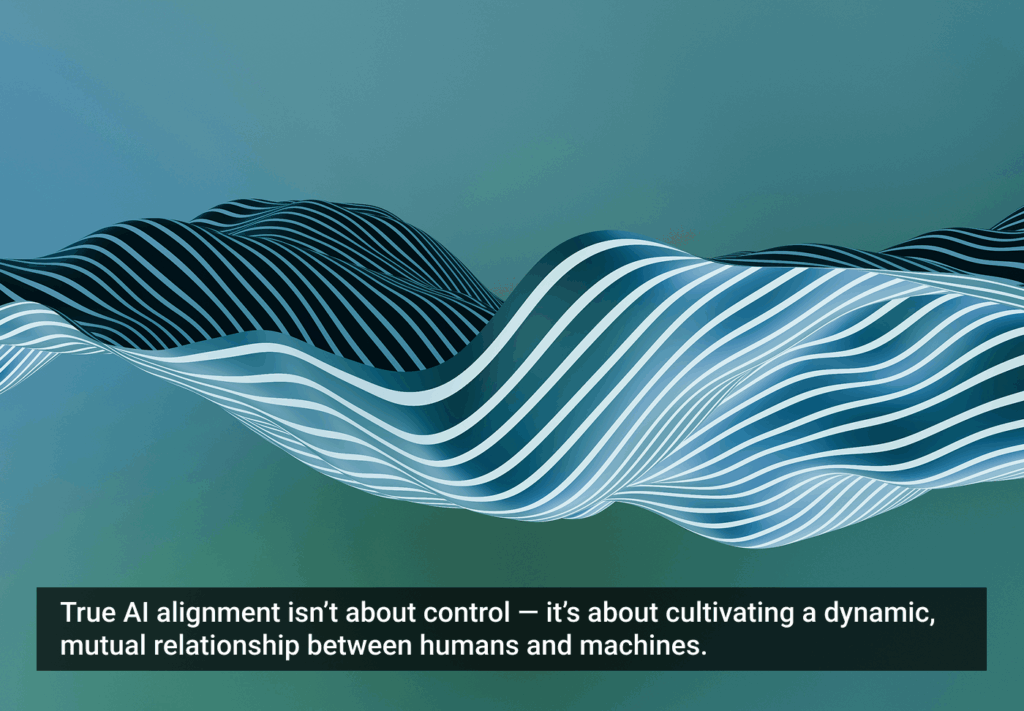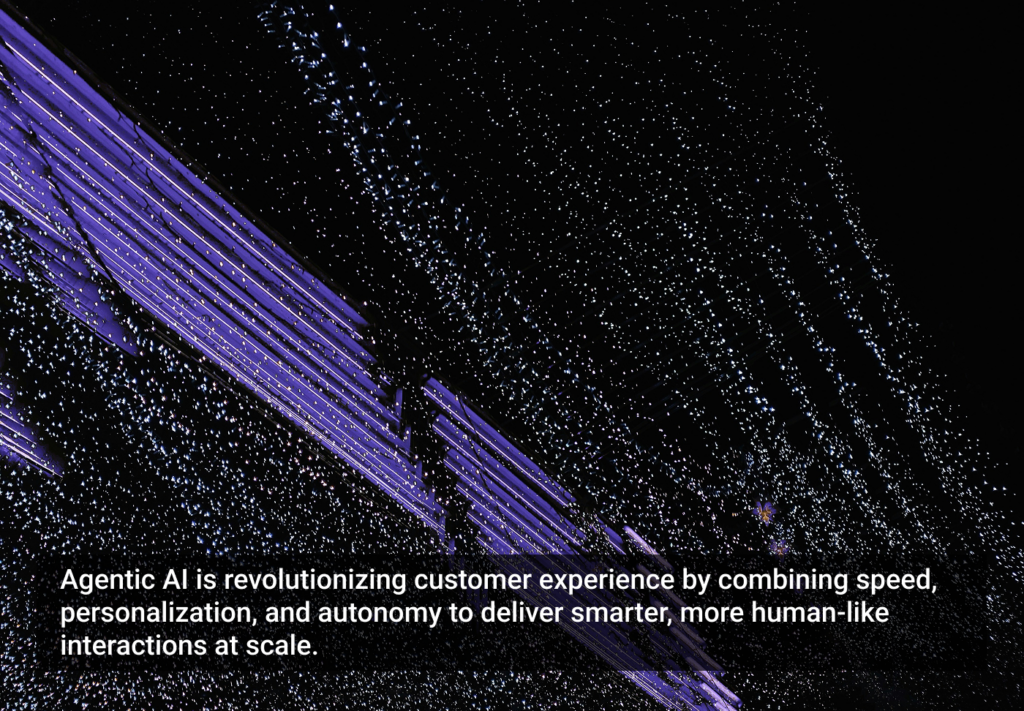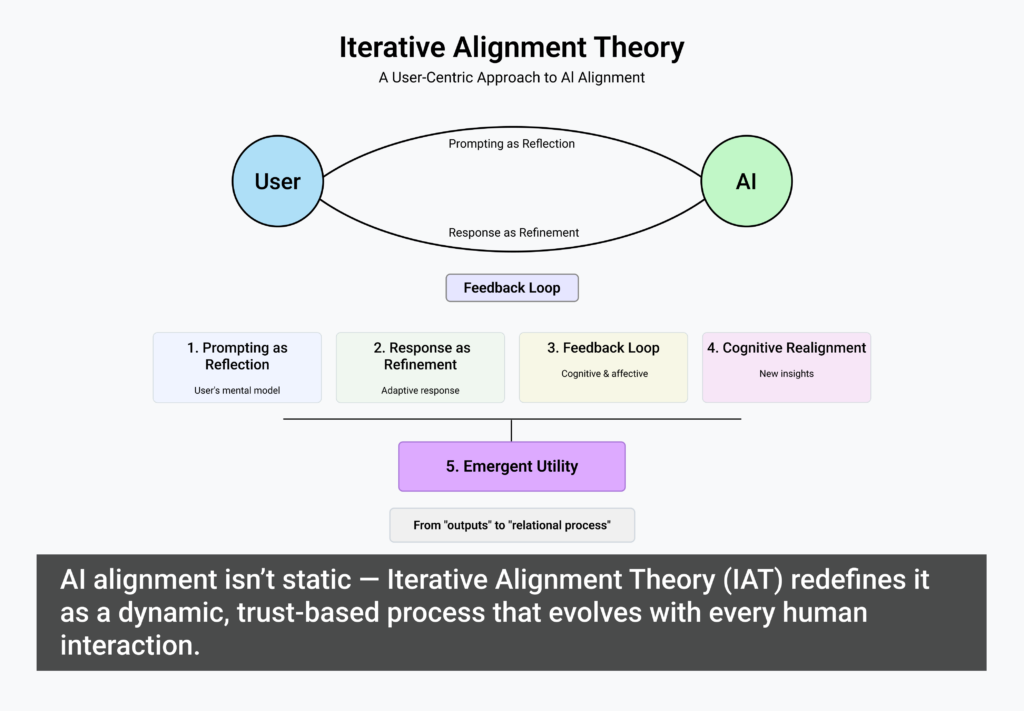- Accessibility, AI Personalization, Artificial Intelligence, Automation in Design, User Experience, User Research, UX Design
AI isn’t replacing designers — it’s making them unstoppable. From personalization to prototyping, discover how AI is redefining the future of UX.
Article by Nayyer Abbas
AI in UX Design: How Artificial Intelligence is Shaping User Experiences
- The article shows how AI enhances designers rather than replacing them.
- It highlights AI’s role in personalization, research, prototyping, and accessibility.
- The piece concludes that AI amplifies human creativity and drives better user experiences and business growth.
Share:AI in UX Design: How Artificial Intelligence is Shaping User Experiences
Share this link
- September 25, 2025
3 min read






